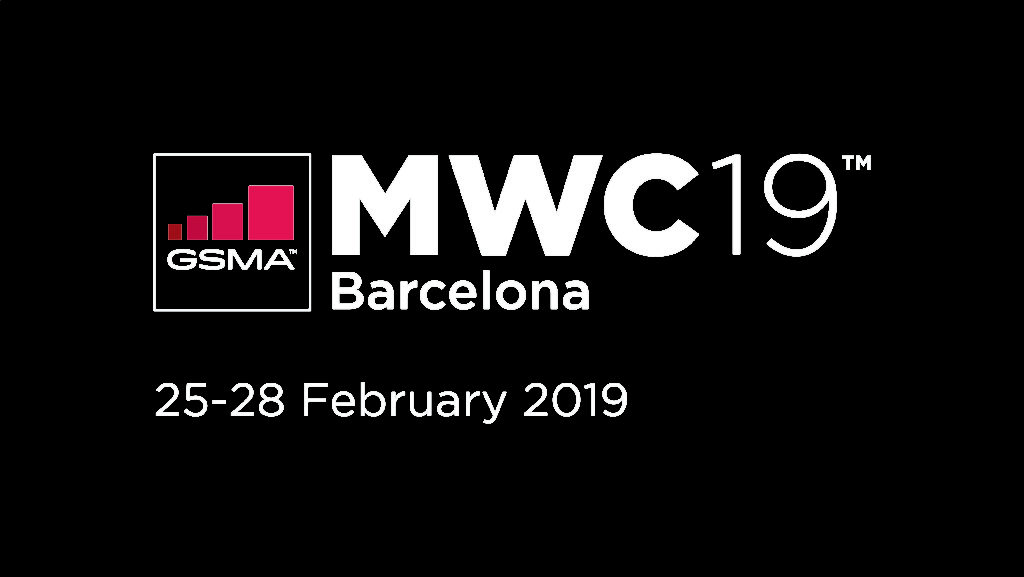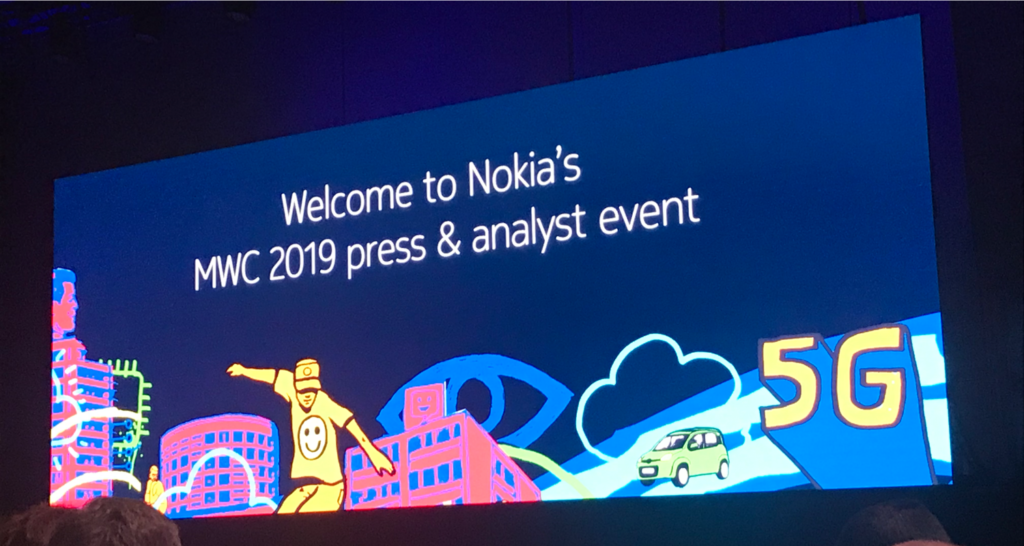
It was great meeting with many of you over the course of MWC 2019. In addition, to featuring much better weather than 2017—when it snowed—the show this year was focused on 5G. Its likely that 5G will be the key theme for at least the next five-to-ten years. Throughout the week, the geopolitical security issues surrounding Huawei and ZTE were atmospheric.
The following are some key takeaways from some of the public meetings we attended as well as some impressions after approximately 30 meetings, dinners, and parties.

According to Nokia CEO Rajeev Suri, using a single, integrated supplier model for mobile networks delivered up to 30% better total cost of ownership (TCO) and 45% better time-to-market (TTM) than multi-vendor supplier models. Among his predictions: 5G will enable productivity growth of historical proportions between 2028 and 2033. 5G will continue to grow for up to a decade as network slicing, new spectrum bands, and enterprise digitalization will fuel this growth.
Ericsson CEO Börje Ekholm stressed the importance of 5G by looking at how the U.S. (e.g., Amazon, Apple, Google, Facebook) and China (e.g., Alibaba, Baidu, Tencent) have dominated technology, communications, and media markets due to early progress on 4G in those regions. In comparison, Europe still has just 60% LTE coverage and is thus at a structural disadvantage when it comes to developing new technologies and business models. The stakes may be even greater for 5G given its potential to touch even more aspects of our lives than 4G, which was largely limited to smartphones. Hence the urgency for countries to be leading adopters of 5G.
Throughout the week, 5G was clearly at the forefront of all discussions, as deployments and service introductions have begun in several countries. It is important to remember that 5G is still nascent and that there are still many phases of its growth and maturation process ahead. As networks are launched and the number and variety of devices grow, the discussion will shift to more operational and use-case issues. For the majority of vendors and operators, 5G is being positioned as an enterprise service (massive IoT) that will be fulfilled and enabled by network operators.
From a vendor perspective, those with an enterprise-centric focus and sales model, 5G is a technology that is coming toward them, or toward their markets. For those vendors who focus is traditionally selling to and servicing network operators, then they need to move toward those customers, that is developing an enterprise and/or vertical-market channel.
In all, another frenetic, exhausting and rewarding MWC. Now to rest up for #MWC2020.
For any comments and feedback, please contact: greg@exactventures.com
Get in touch